Figures of the Japanese attack on the American base at Pearl Harbor in 1941
This Tuesday, December 7, marks the 80th anniversary of the Japanese attack that led to the entry of the United States into World War II.
That of Pearl Harbor was an audacious attack by Japan, but risky in its diplomatic variant, which failed miserably, leaving in evidence to the attacked country that the Japanese had been preparing this for months while making peace promises, with which the attack remained like a treacherous maneuver. You can see below a review of the attack figures, by both sides.
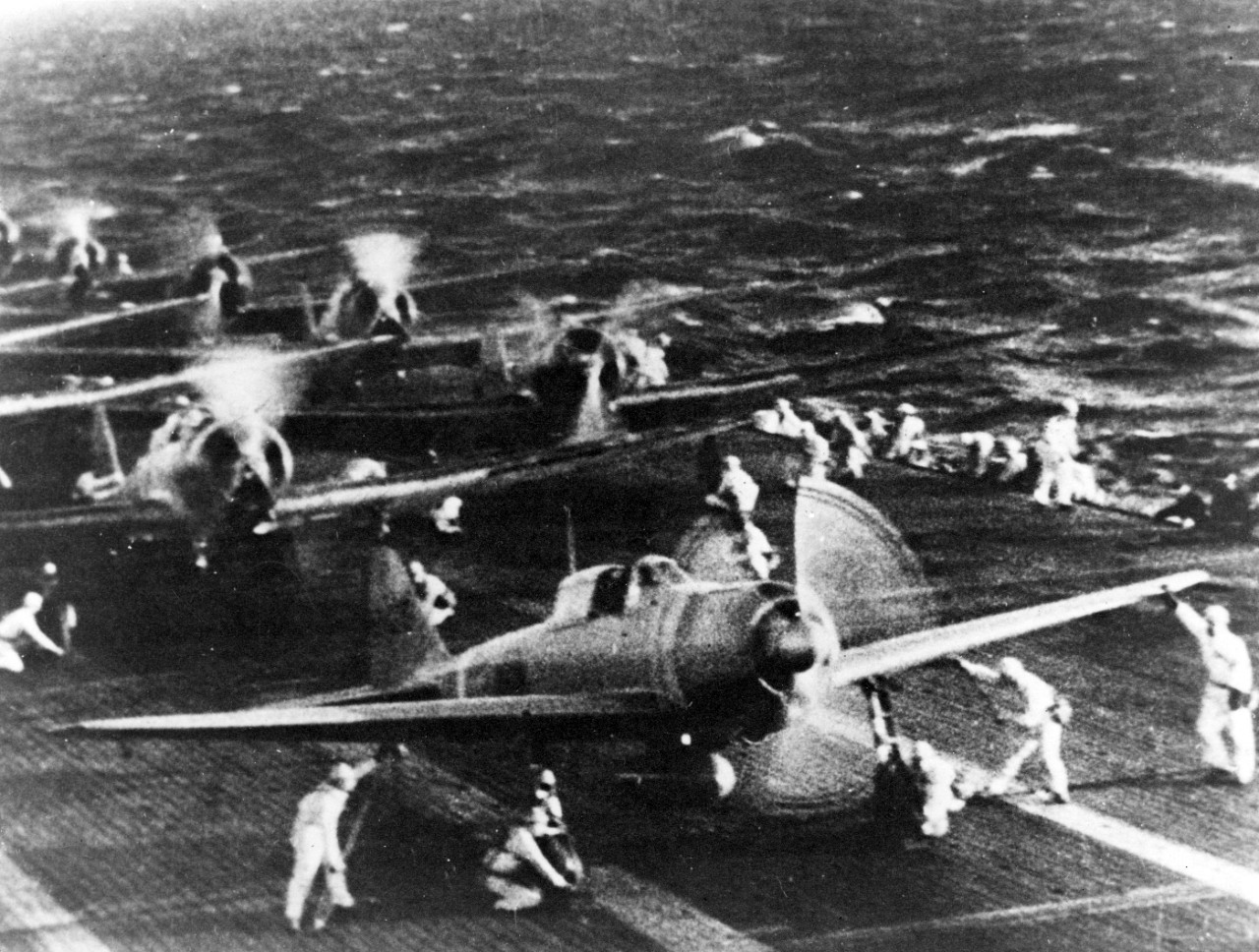
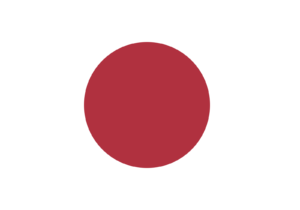 Japan
Japan
The Japanese force, made up of naval units, consisted of the following ships:
- 6 carriers.
- 2 battleships.
- 2 heavy cruisers.
- 1 light cruiser.
- 9 destroyers.
- 8 tankers.
- 23 submarines.
- 5 minisubmarines.
These are the figures for the air wing of the Japanese fleet:
- 414 aircraft shipped in total.
- 135 were Mitsubishi A6M Zero fighters, 54 of them for escort duties.
- 225 were Aichi D3A naval bombers, also known as Type 99. 135 of them carried a 250 kg bomb each. 50 were carrying an 800 kg bomb. The remaining 40 carried an 800 kg aerial torpedo.
- 54 were Nakajima B5N naval bombers, also known as Type 97. They each carried one 250 kg bomb and six 60 kg bombs.
- 360 aircraft participated in the raids, spread over two waves.
- 189 aircraft participated in the first attack: 45 Mitsubishi A6M Zero fighters, 50 Aichi D3A naval bombers with 800 kg bombs, 40 Aichi D3A with 800 kg torpedoes and 54 Aichi D3A with 250 kg bombs.
- 171 aircraft participated in the second attack: 36 Mitsubishi A6M Zero fighters, 81 Aichi D3A naval bombers with 250 kg bombs and 54 Nakajima B5N naval bombers each one 250 kg bomb and six 60 kg bombs.
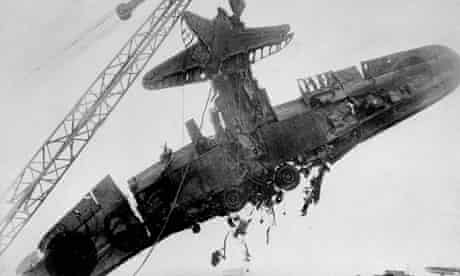
The Japanese casualties and losses in the two attacks were as follows:
- 64 dead, between airmen and divers. Some sources speak of 129.
- 1 prisoner, specifically the crew member of a minisubmarino.
- 7 sunken ships: 1 submarine and 5 mini-submarines.
- 29 planes shot down: 9 Mitsubishi A6M Zero fighters and 20 naval bombers.
- 9 planes shot down in the first attack: 3 Mitsubishi A6M Zero fighters and 1 navale bomber.
- 20 planes shot down in the second attack: 6 Mitsubishi A6M Zero fighters and 14 naval bombers.
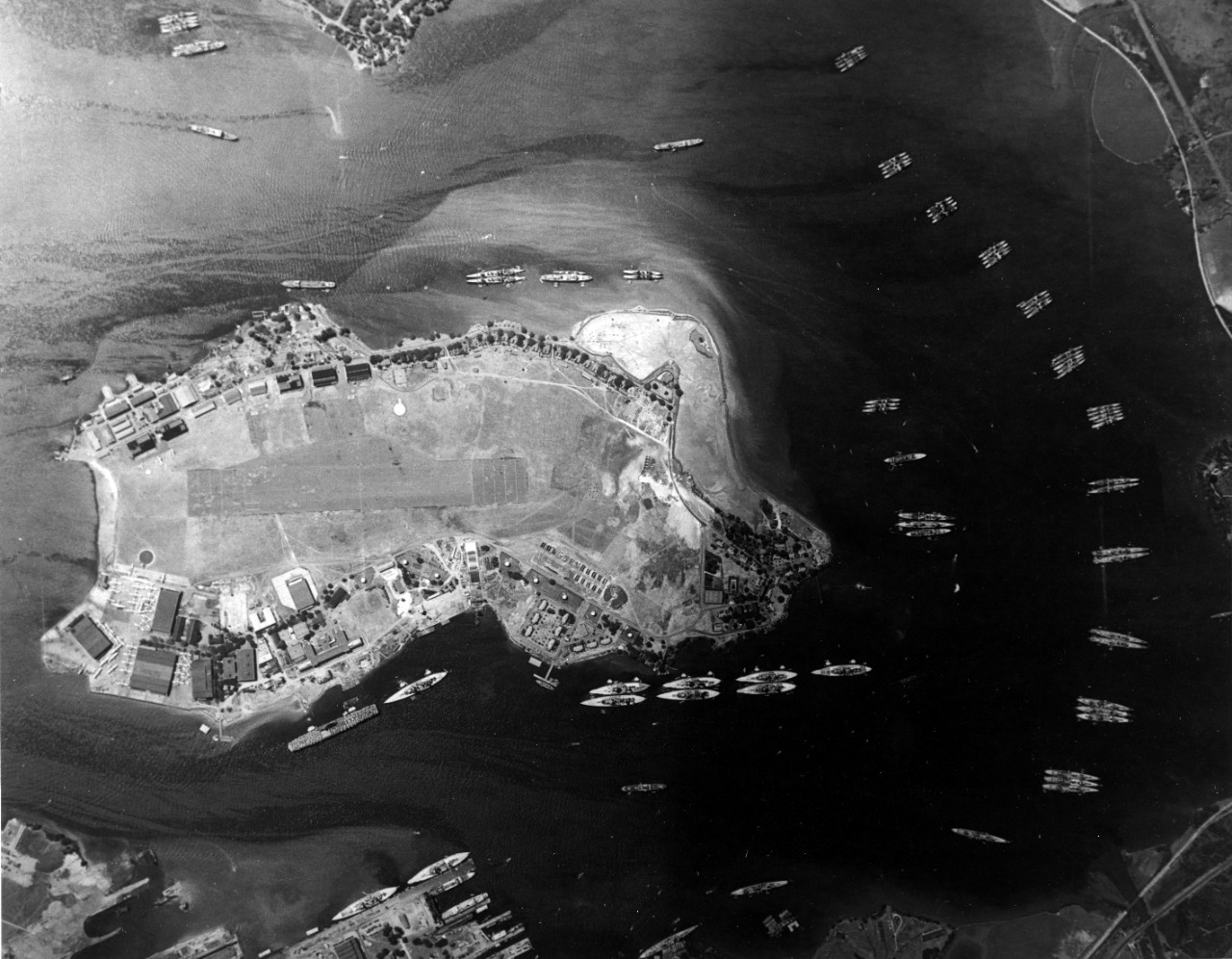
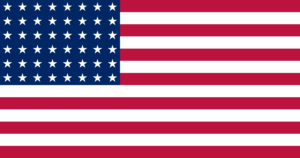 United States
United States
At the time of the attack, the following ships were moored or at anchor at the Pearl Harbor naval base:
- 8 battleships.
- 8 cruisers.
- 30 destroyers.
- 4 submarines.
- 3 cutters of the Coast Guard.
- 47 boats of other types.
As for the American air wing, the figures are as follows:
- About 390 aircraft in total at US Army airfields and US Navy naval stations on the island of Oahu, the largest of the Hawaiian Islands.
- 33 US Army B-18 bombers stationed in Hawaii.
- 12 US Army B-17D bombers stationed in Hawaii.
- 39 US Army P-36A fighters stationed in Hawaii, of which 20 were commissioned.
- 99 P-40 fighters (87 P-40B and 12 P-40C) of the US Army stationed in Hawaii, of which 55 were commissioned.
- Some 140 aircraft, mainly P-38 and P-40 fighters, were at Wheeler, the largest US Army airfield on Oahu, located in the center of the island.
- An unknown number of B-17, B-18 and A-20 bombers were at Hickam, a US Army airfield located next to the Pearl Harbor naval base, south of the island of Oahu.
- 33 Consolidated PBY Catalina seaplanes of the US Navy were at NAS Kaneohe Bay, on the east of the island of Oahu.
- 33 Consolidated PBY Catalina seaplanes of the US Navy were at NAS Ford Island, located next to the Pearl Harbor naval base.
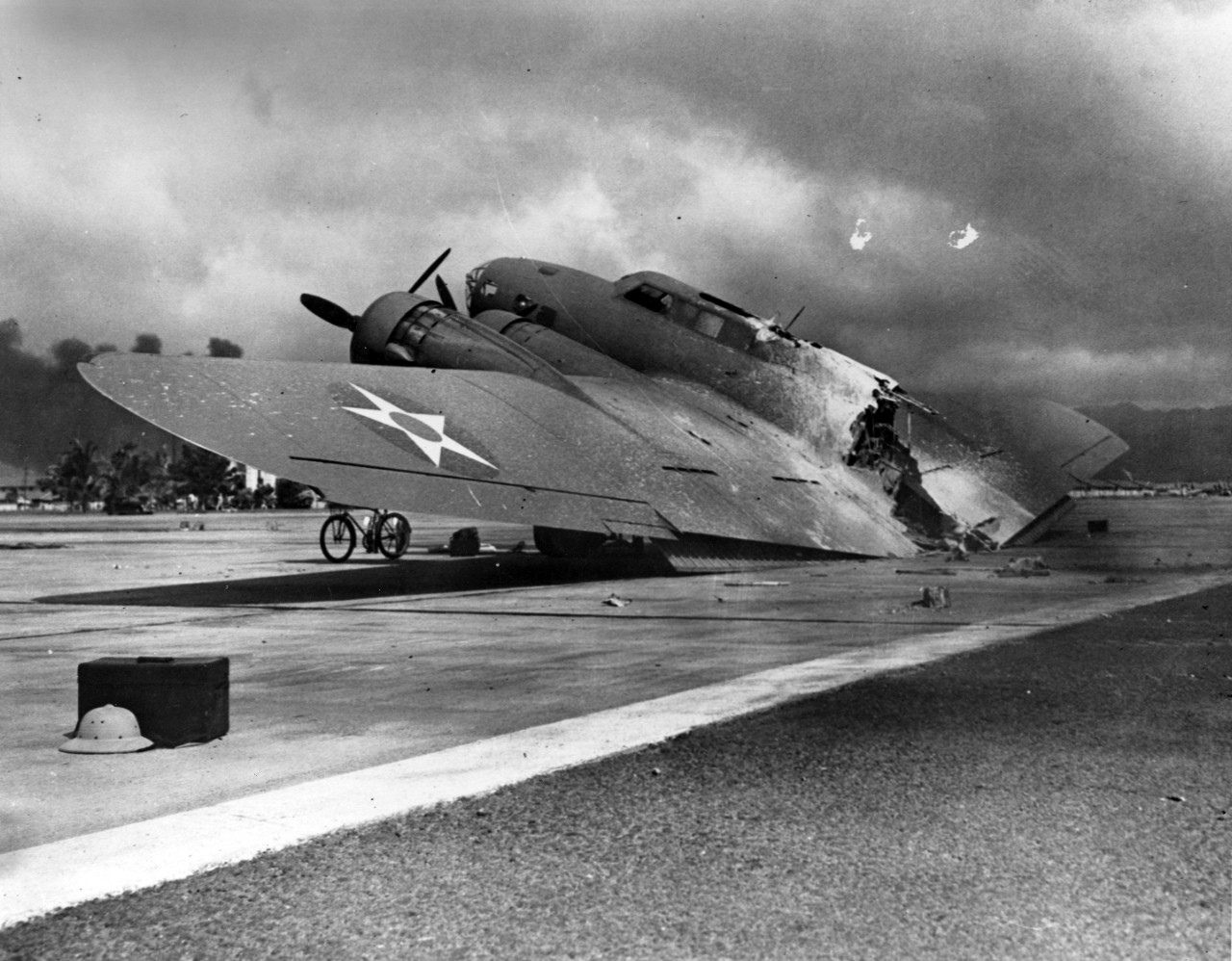
The US casualties and losses in the two attacks were as follows
- 2,403 dead, of which 2,008 were members of the US Navy, 218 members of the US Army, 109 Marines and 68 civilians.
- 1,178 wounded and maimed, of which 710 were members of the US Navy, 364 members of the US Army, 69 Marines and 35 civilians.
- 22 ships sunk or damaged in total, of which 3 were permanently lost, 17 were repaired and 2 were kept in service due to slight damage.
- 2 battleships sunk beyond repair: USS Arizona and USS Oklahoma.
- 5 battleships sunk and later repaired: the USS West Virginia, the USS California, the USS Nevada, the USS Tennessee and the USS Maryland.
- 1 battleship damaged but kept in service: USS Pennsylvania, which was in dry dock.
- 2 cruisers damaged by torpedoes and later repaired: the USS Helena and the USS Raleigh.
- 4 damaged destroyers, later repaired: USS Cassin, USS Downes, USS Helm and USS Shaw.
- 7 auxiliary vessels damaged and later repaired.
- 1 lightly hit cruiser: USS Honolulu, which it kept in service.
- 169 aircraft destroyed, including 92 from the US Army and 77 from the US Navy.
- 159 aircraft damaged, including 128 from the US Army and 31 from the US Navy.
Likewise, it should be noted that the US awarded 15 Medals of Honor (10 of them posthumous) and 51 Naval Crosses to the military that defended Pearl Harbor during the attack.
Serve this post as a tribute to those who fell in the attack.
---
Sources: US Navy / Defense.gov / Census.gov / Naval History and Heritage Command / HyperWar Foundation / Wikipedia.
Main photo: Smithsonian's National Air and Space Museum.
|
Don't miss the news and content that interest you. Receive the free daily newsletter in your email: |
- Most read
- The 'hole' without civil flights around Paris during the opening of the Olympic Games
- Stunning footage of the F-15QA Ababil in flight recorded from its cockpit
- The firearms used by the Pontifical Swiss Guard, the smallest army in the world
- This is the driver station of an M1 Abrams tank and the impressive start of its engine
- The first photo of an F-16 fighter with Ukrainian insignia and the details it has revealed
- Eurofighter vs F-35: the opinions of professional pilots on these advanced fighters
- The new CADPAT (MT) digital camouflage of the Canadian Armed Forces
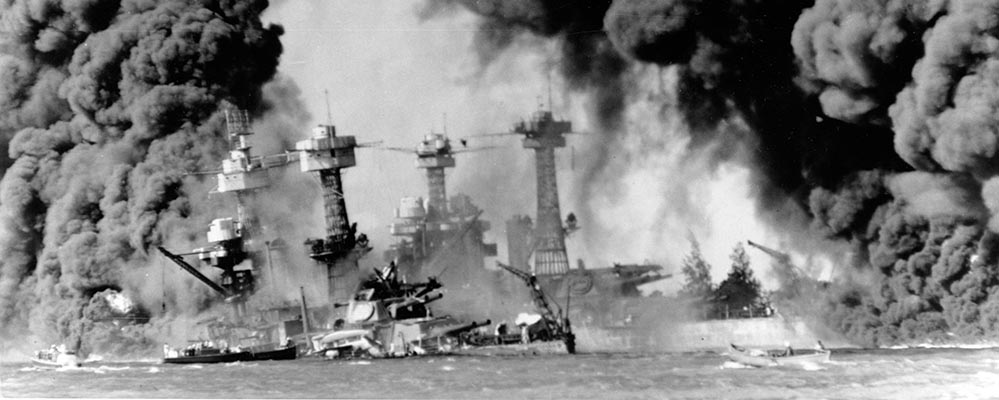
 ES
ES







Opina sobre esta entrada: